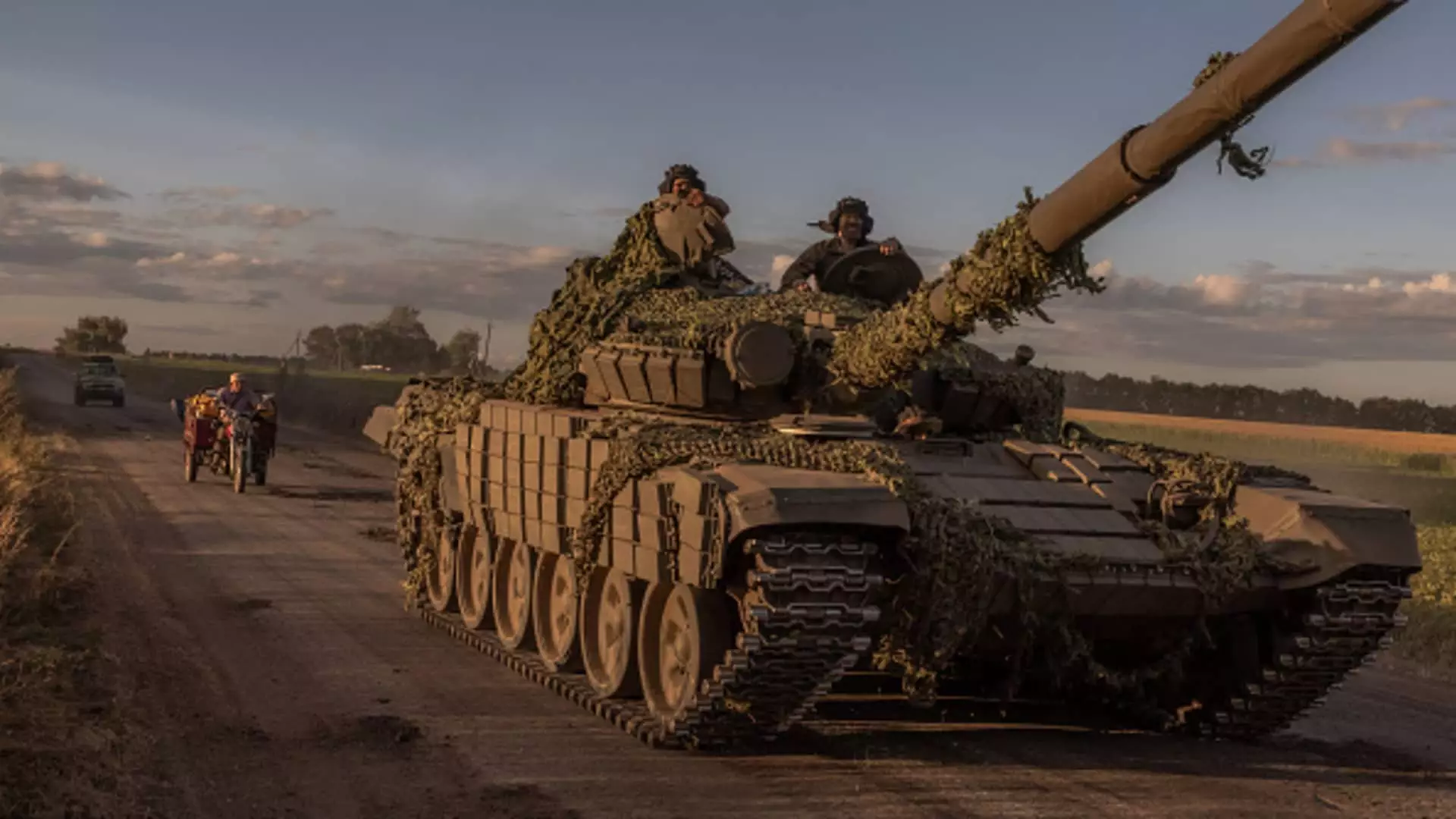In the ever-evolving landscape of global conflicts, the United States finds itself at a crucial juncture as it announces a substantial military assistance package for Ukraine, estimated at $1.25 billion. This decision, anticipated to be formalized on Monday, is emblematic of the Biden administration’s commitment to bolster Ukraine’s defense capabilities before the transition of power on January 20. The ongoing conflict, now nearly two years since Russia’s initial invasion, has not only destabilized the region but also posed significant geopolitical questions. The urgency of this military aid signals the persistent threat posed by Russian aggression and the necessity for sustained support for Ukraine during these tumultuous times.
The forthcoming military assistance package is characterized by a diverse array of munitions and defense systems aimed at enhancing Ukraine’s military robustness. Key components reportedly include sophisticated weaponry such as the National Advanced Surface-to-Air Missile Systems (NASAMS) and the HAWK air defense systems, alongside more conventional arms like Stinger missiles and artillery rounds. This mixture of advanced and traditional munitions illustrates a strategic approach to provide Ukraine with a comprehensive defense toolkit, enabling a stronger stance against ongoing Russian attacks, particularly those targeting critical infrastructure. The implication here is clear—the Biden administration not only seeks to enhance Ukraine’s immediate defensive capabilities but also hopes to empower its long-term military endurance against future escalations.
In recent days, Russian forces have intensified their assault on Ukrainian power facilities, resulting in widespread damage and civilian challenges. Despite these brutal offensives, reports indicate that Ukraine has successfully intercepted a substantial number of incoming missiles and drones through its air defense systems developed with Western support. Furthermore, the ongoing skirmishes near the Russian border, particularly around the Kursk region, have underscored the volatility of the situation. With Moscow deploying thousands of North Korean troops in a bid to reclaim territories, the conflict is poised to further complicate the existing dynamics between Ukraine and Russia. This environment amplifies the necessity for prompt and effective assistance from the U.S. and its allies.
However, the announcement of this new aid package comes amidst swirling political currents in the United States. With Donald Trump set to assume the presidency, there are palpable concerns regarding his potential shift in policy towards Ukraine. Throughout his campaign, Trump has expressed a desire for negotiated settlements, which has sparked anxiety among U.S. and European leaders regarding the future of Ukraine’s military support. This uncertainty raises critical questions about whether the same level of commitment to Ukraine’s defense will continue under the incoming administration. Such political instability could hinder the effectiveness of the significant aid already provided, putting into question the sustainability of Ukraine’s defense in the long haul.
The military aid package, executed through presidential drawdown authority, allows for quick mobilization of resources directly from U.S. stockpiles to bolster Ukraine’s capabilities. As the aid facilities are being readied, there remains approximately $1.2 billion in longer-term funding through the Ukraine Security Assistance Initiative earmarked for future contracts. This indicates that, despite the incoming administration’s uncertainties, there will still be residual financial resources that could facilitate continued support for Ukraine in the near term. The Biden administration’s strategy seems to be twofold: provide immediate assistance while also laying the groundwork for sustainable long-term support.
As the United States prepares to release yet another wave of military assistance to Ukraine, it is essential to recognize the broader implications of this decision. The challenges facing Ukraine are not solely a regional issue; they resonate across the global stage, highlighting the need for unity in the face of authoritarian aggression. While this new aid package represents a critical step in supporting a beleaguered nation, it is equally important for international stakeholders to remain vigilant and engaged. The world’s response to this conflict will be pivotal in shaping the future geopolitical landscape, and understanding the significant role that military aid plays is crucial in the fight for sovereignty and freedom.


Leave a Reply